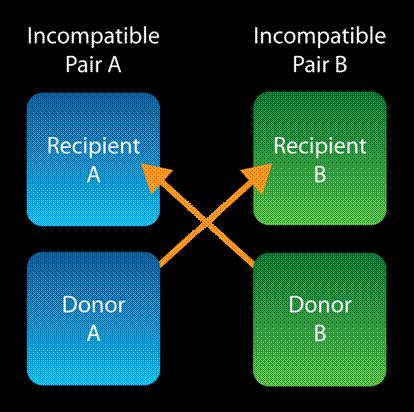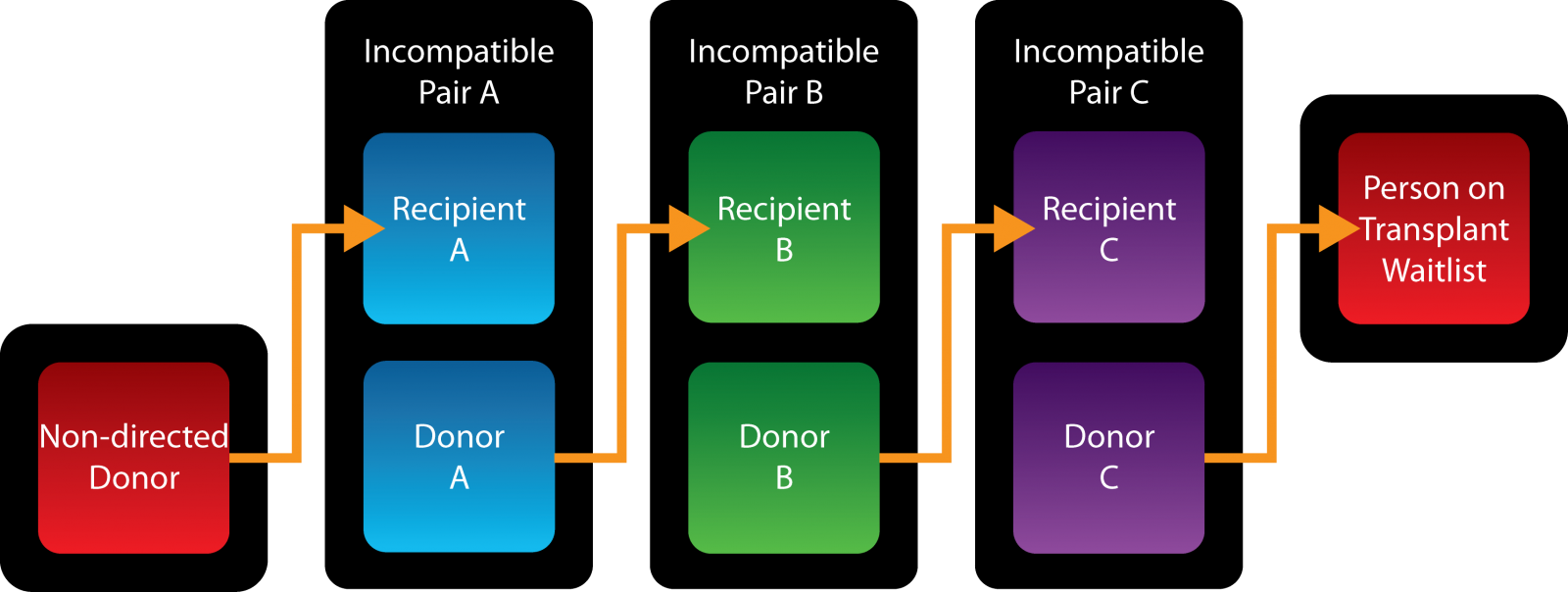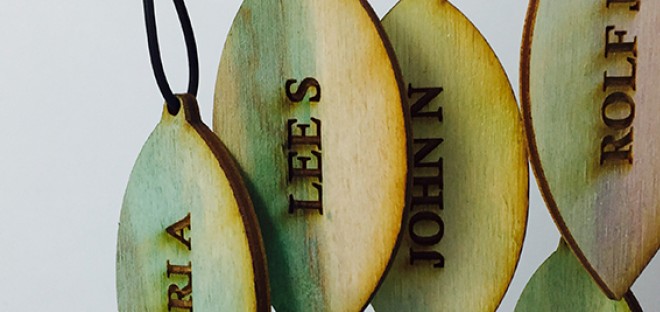Living Kidney Donor Program
Considering becoming a living kidney donor?
There are two types of living donation. Directed donation and non-directed anonymous donation (gifting a kidney completely anonymously or altruistically).
Direct donation requires an established relationship, which means anonymous donors for specific recipients are not accepted into Transplant Manitoba’s program. If someone connects with the program wanting to donate to someone they do not know, the person may choose to step forward as an anonymous donor ensuring fairness and equity to all those waiting for a transplant. Anonymous living kidney donors are also given the opportunity to participate in the Kidney Paired Donation program through Canadian Blood Services where they may trigger a chain of kidney transplants.
Learn how
To better understand who can be a donor, the donation process, surgery and its risks, and living life with one kidney, please watch our video and read our guides:
- Living Kidney Donor Program video
- Is being a Living Kidney Donor right for me?
- Living Kidney Donor Guide
You may also want to connect with My Transplant Coach Canada. This series of animated videos explains the risks and benefits of kidney transplant compared to dialysis, the types of deceased donor kidneys available including the benefits and risks of each type, and the benefits and risks of living donor kidney transplant.
Questions? Contact us:
Email – livingkidneydonation@hsc.mb.ca
Telephone – (204) 787-2323 or toll free 1-888-205-8833
Kidney Paired Donation Program
The Kidney Paired Donation Program identifies potential transplant opportunities for recipients who have a willing living donor who cannot donate to them due to incompatibilities in:
- blood type
- tissue typing
You must have a living donor willing to give you a kidney to be registered in the program.
The program searches for matches amongst the incompatible pairs. When a match is found, the pairs are able to swap donors.

Exchanges can have as few as two pairs and as many as five pairs of donors and recipients. Exchanges with more than two pairs are called chains.

A chain can sometimes start with an anonymous donor who has decided they would like to donate one of their kidneys to a person in need that they don’t even know. Anonymous donors are also called Non-Directed Donors, because they do not have an individual to direct their donated kidney to.

When a chain is started with a non-directed donor, the end recipient is a person who is on the deceased donor waitlist. This person does not have a donor to enter into the paired exchange program with and would otherwise be waiting for a deceased donor kidney.
Important links to Canadian Blood Services regarding:








